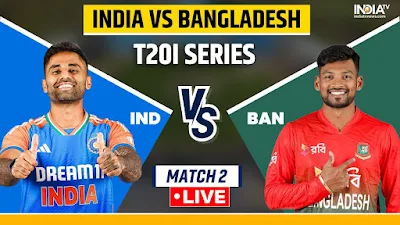The History of Dobby: The Free Elf
Dobby is one of the most beloved characters in J.K. Rowling's Harry Potter series symbolizing themes of freedom loyalty and the struggle against oppression.
His journey from a house-elf bound by servitude to a free and independent being is both poignant and significant within the narrative.
Origins and Early Life
Dobby first appears in Harry Potter and the Chamber of Secrets serving the Malfoy family.
House-elves are magical creatures bound to serve wizarding families often enduring harsh treatment.
Dobby’s life as a Malfoy elf is marked by cruelty and punishmentp articularly from Lucius Malfoy who mistreats him for any perceived slight.
This mistreatment shapes Dobbys character instilling a strong desire for freedom.
Quest for Freedom
Dobby’s desire for liberation is first expressed when he visits Harry Potter at Hogwarts.
He reveals his unhappy existence and the constraints of his servitude. His pivotal moment comes when he is freed by Harry in a clever maneuver involving a sock.
This act of kindness not only grants Dobby his freedom but also marks a significant turning point in the series highlighting the importance of choice and empathy.
Life as a Free Elf
Once liberated Dobby struggles to find his place in the world.
He takes on various jobs including working at Hogwarts where he helps with tasks in the kitchen.
His character evolves from a timidoe Appressed elf to a confident self-assured individual.
Dobby becomes a symbol of hope representing the idea that one can overcome adversity and embrace freedom.
Legacy and Impact
Dobby’s story resonates with readers as it tackles issues of class servitude and the importance of individual rights.
His relationships with Harry and other characters demonstrate the power of friendship and loyalty.
Tragically Dobby's journey culminates in Harry Potter and the Deathly Hallows where he sacrifices himself to save Harry and his friends reinforcing his character’s bravery and selflessness.
Conclusion
Dobby’s evolution from a mistreated house-elf to a hero who values freedom and friendship is a powerful narrative arc in the "Harry Potter" series.
His legacy continues to inspire discussions about equality and the fight against oppression, reminding us of the importance of standing up for what is right.
Dobby is not just a character in a fantasy series; he embodies the spirit of resilience and the quest for personal autonomy.




